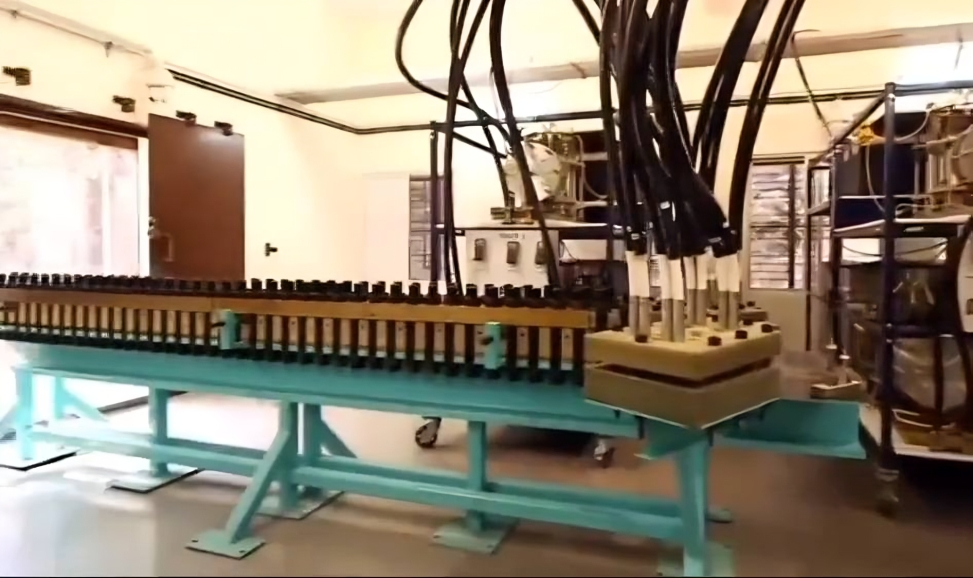In a landmark move towards bolstering India’s defense capabilities, the Defence Research and Development Organisation (DRDO) has inaugurated the Centre for Electromagnetic Launcher Technologies (CEMaLT) in Pune. This cutting-edge facility will focus on advancing research and development in Electromagnetic Railgun (EMRG) technology, marking a significant leap in India’s journey toward futuristic, high-velocity combat systems.
The initiative follows the successful development of a 10-megajoule (MJ) railgun by DRDO’s Armament Research and Development Establishment (ARDE) in 2022. That system demonstrated the ability to launch 1 kg projectiles at speeds exceeding 2,000 meters per second. With the launch of CEMaLT, DRDO is now setting its sights higher—toward developing railguns with energy capacities of up to 100MJ, dramatically increasing their operational potential.
Electromagnetic railguns use powerful magnetic fields to launch projectiles at ultra-high velocities—surpassing Mach 8.8 (over 3 km/s)—without using traditional explosive propellants. This not only lowers operational costs and enhances safety but also enables the military to effectively counter emerging threats like hypersonic weapons.
Globally, the race for EMRG supremacy is intensifying. Japan recently test-fired a medium-caliber maritime railgun in 2023 and plans to incorporate the system into its future 13DDX destroyers, signaling the growing strategic importance of this technology. India’s move to expand its EMRG research reflects a similar ambition to stay at the forefront of next-generation defense systems.
Despite the challenges—including high energy demands and the complexity of pulsed power systems—the potential of railguns to revolutionize both naval and land-based warfare is immense. The creation of CEMaLT is expected to accelerate India’s ability to deploy these systems, particularly in maritime defense and strategic border protection.
With this bold step, India signals its intent to emerge as a global leader in electromagnetic weaponry, reinforcing national security and technological self-reliance in an increasingly contested regional defense environment.













